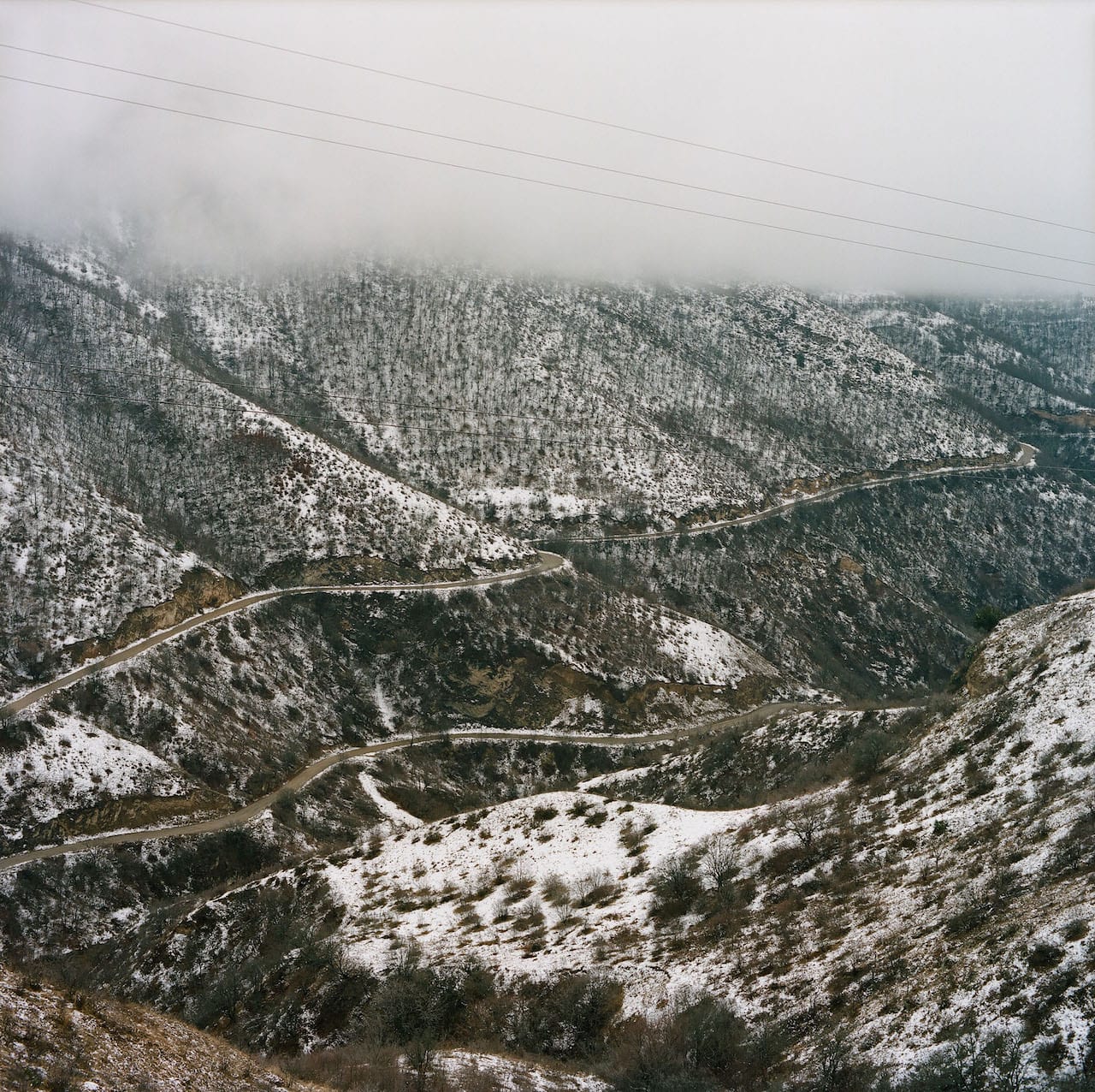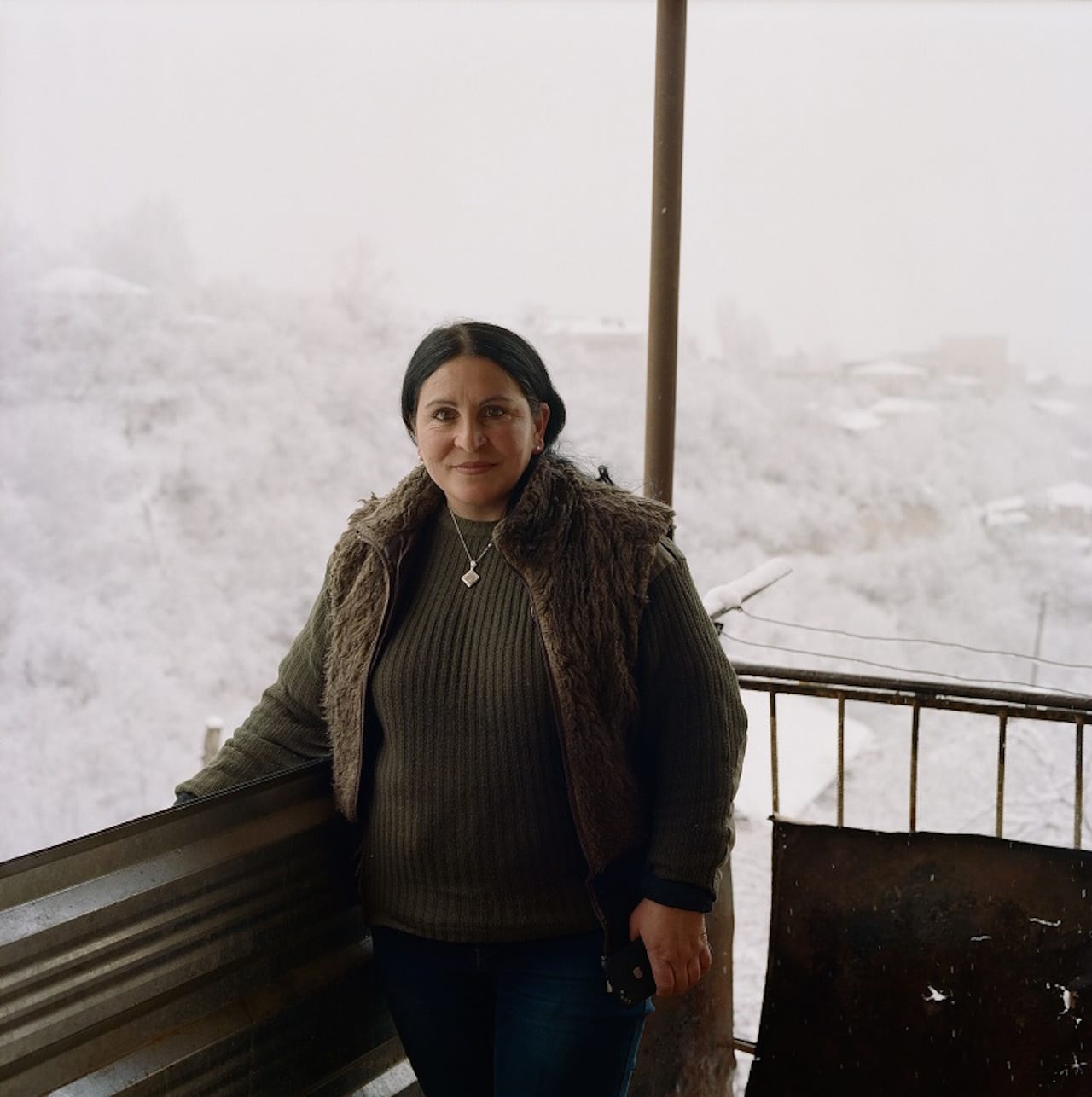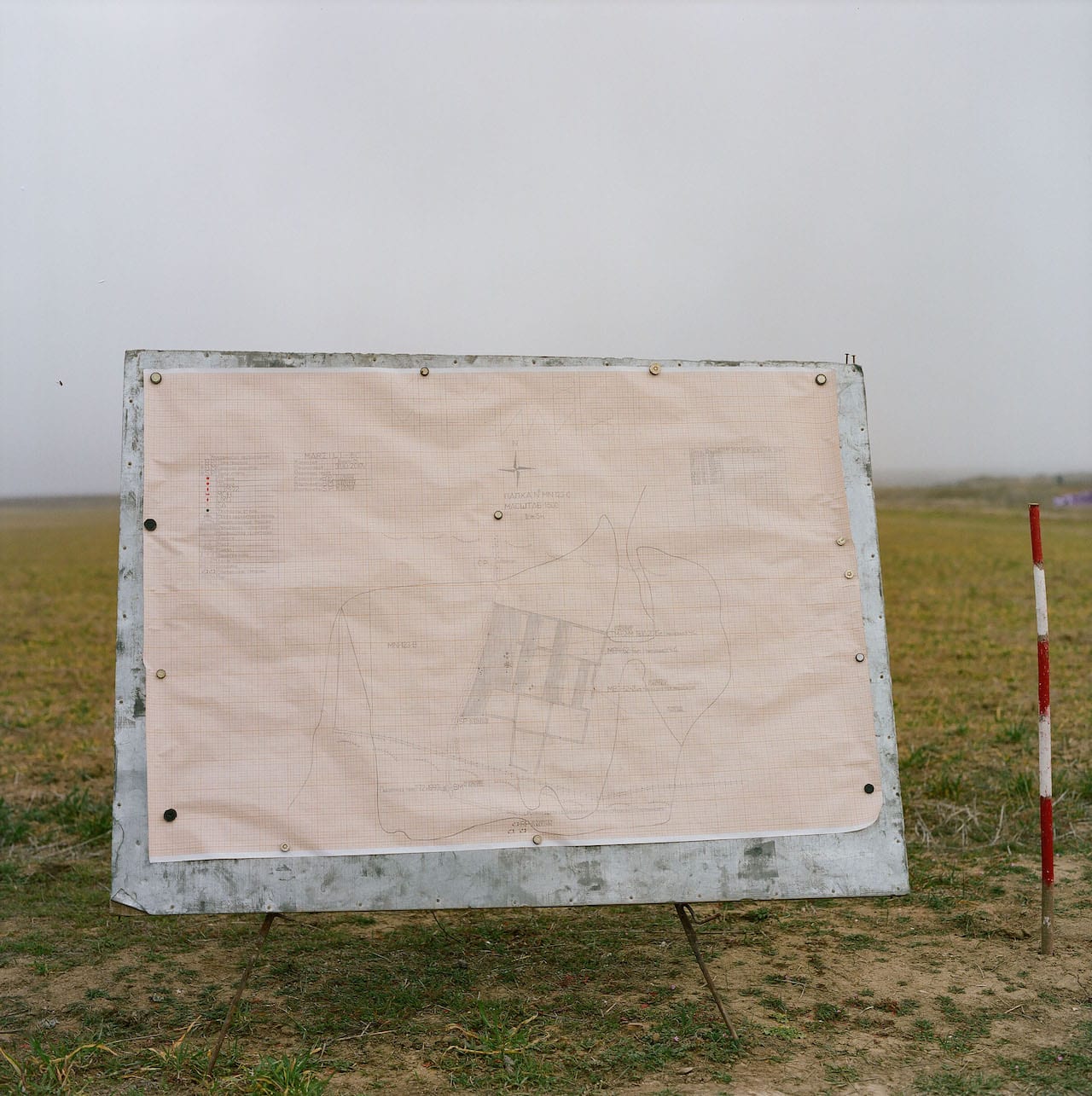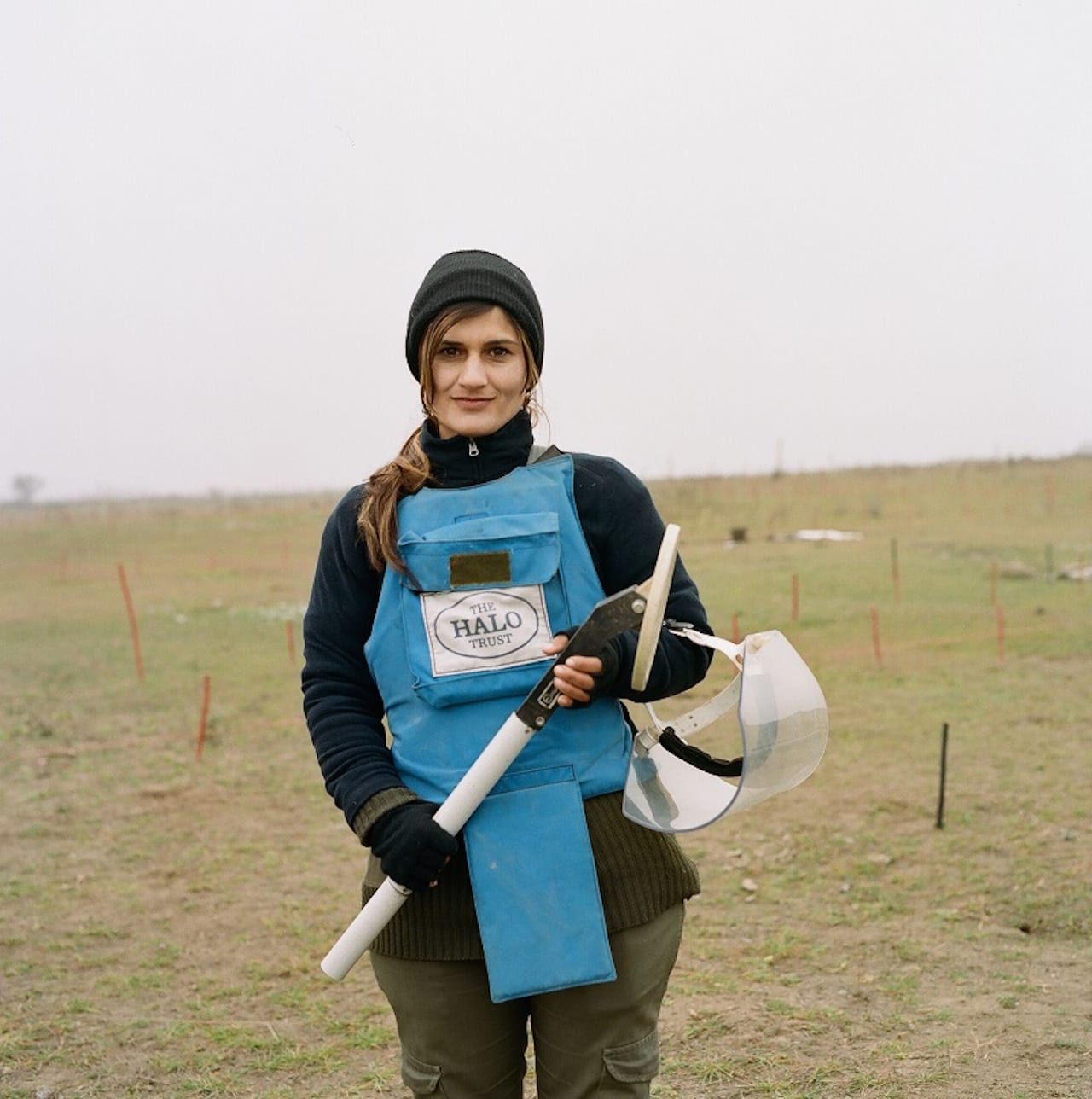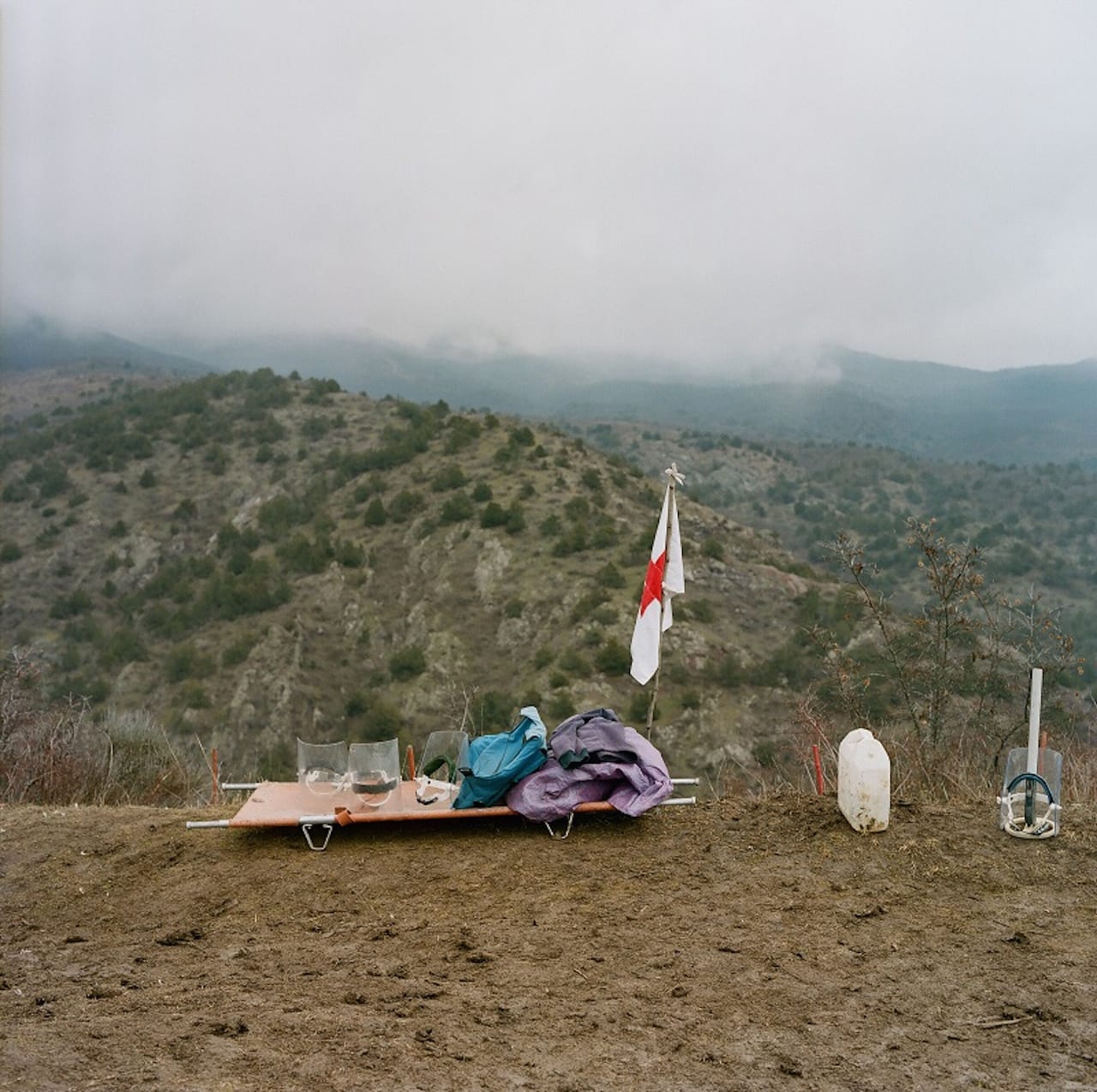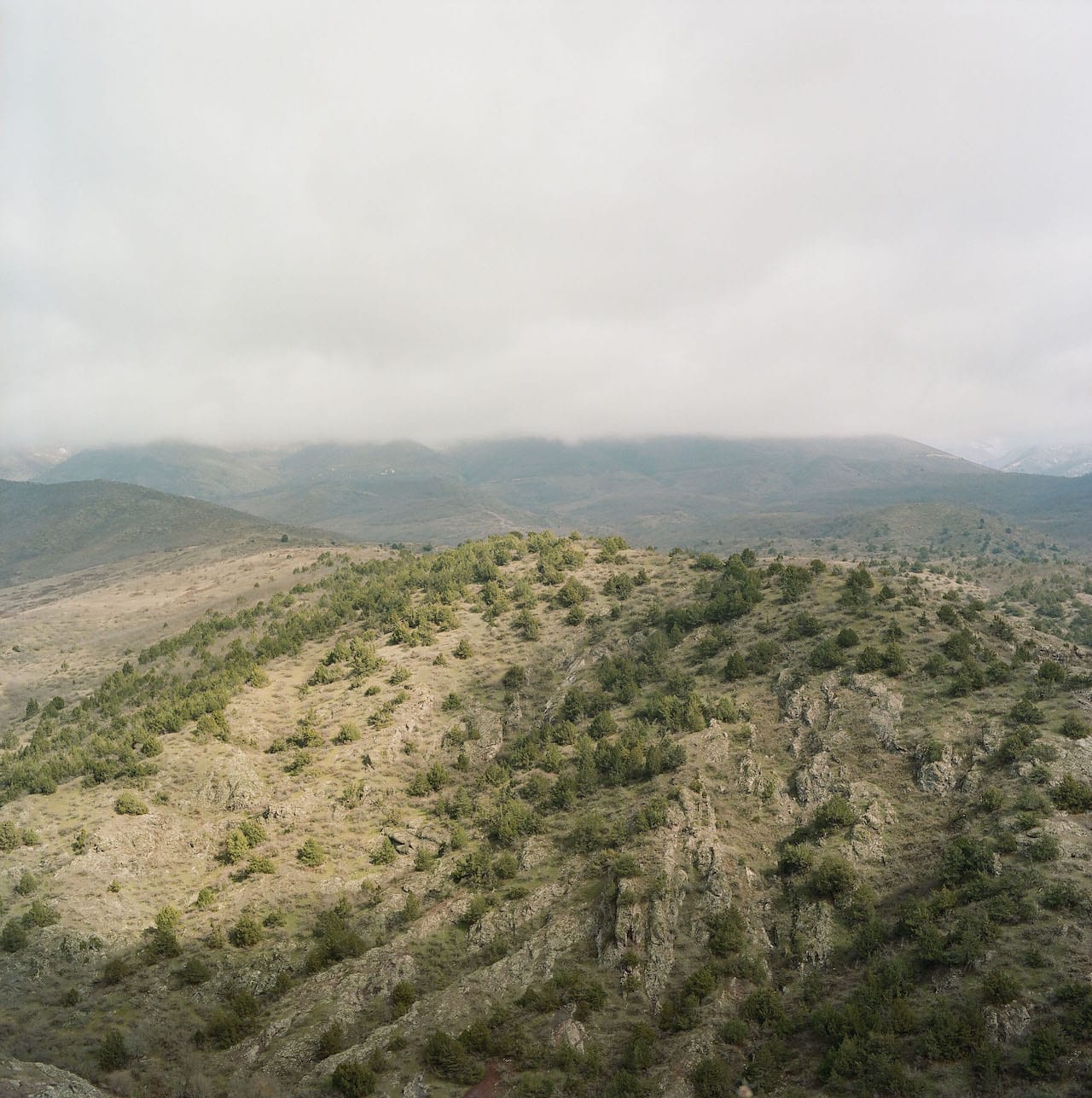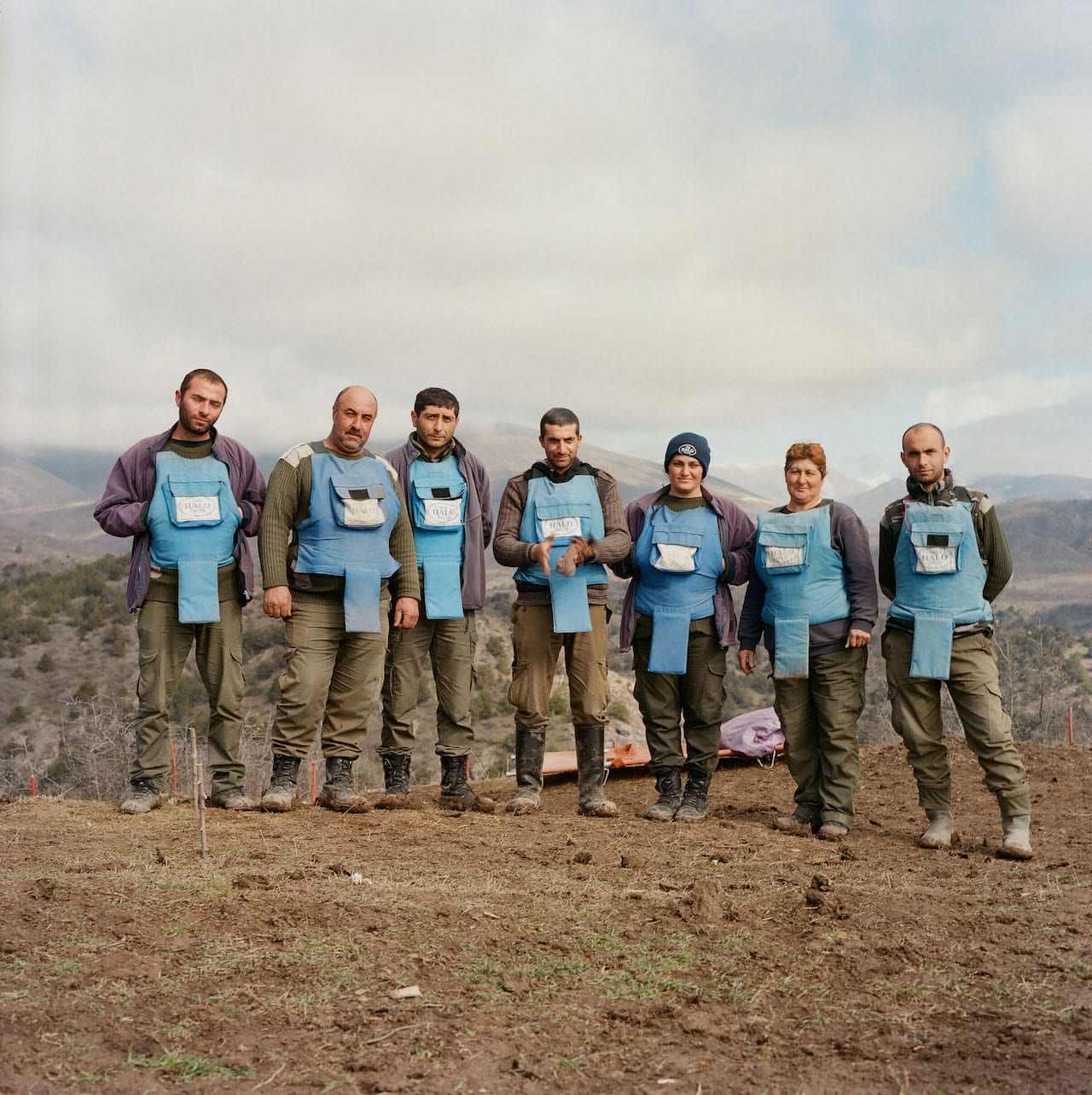Unexploded landmines are responsible for the deaths of 15-20,000 people every year, and currently contaminate 78 countries worldwide. Nagorno-Karabakh, a landlocked, mountainous region in South Caucasus, Eastern Europe, has one of the highest per capita incidences of landmine accidents in the world, and a third of the victims are children.
Eva Clifford, former online writer at BJP, spent a week with the world’s largest mine clearance organisation, The HALO Trust, and its first female demining team in Nagorno-Karabakh. Since deploying its first female demining team in 2015, HALO now employs 11 women, with more undergoing training this year.
“I wanted to show that women are also capable of doing this sort of work,” says Clifford, “which was especially interesting to see in such a patriarchal society.”
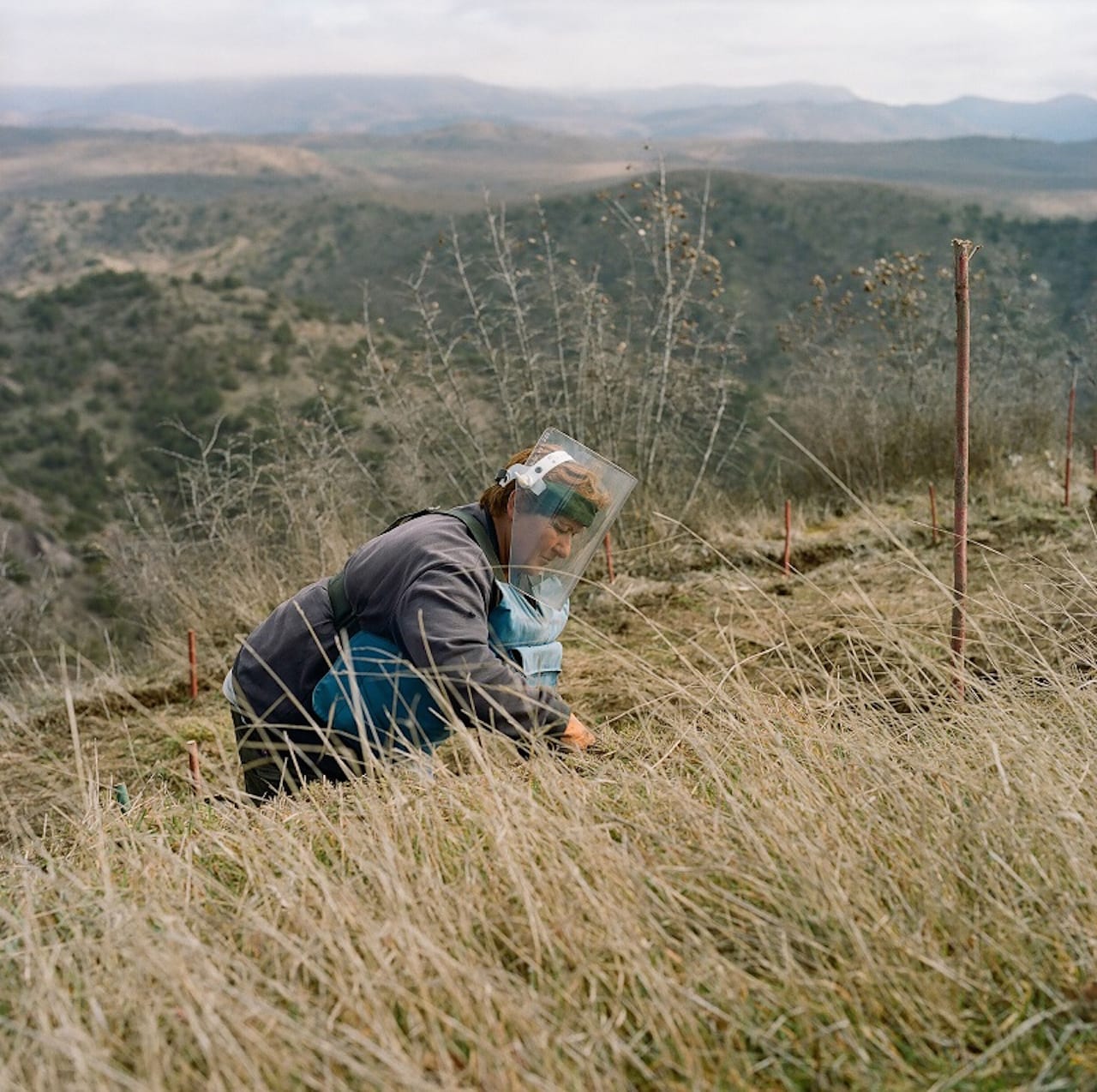
After graduating with a degree in English Literature, Clifford began writing about photography then started her first project in Mexico in 2016. She went on to complete an MA in Photojournalism and Documentary Photography at the London College of Communication, graduating in 2018. “I still consider myself more of a writer than a photographer though,” she says.
Clifford originally intended to go to Laos, where she first heard about The HALO Trust’s work in 2013, but after hearing of similar problems in Nagorno-Karabakh, and the women who were helping to solve it, she decided to focus her project there.
“It’s a place not many people have heard about, yet it has such a fascinating history,” says Clifford. The Nagorno-Karabakh War, from 1988-1994, was an ethnic and territorial conflict between the former Soviet republics of Armenia and Azerbaijan, she points out – a dispute that remains unresolved to this day.
Clad in the same protective gear, Clifford accompanied the deminers every day for a week, photographing them with a heavy medium format camera, through a visor that kept fogging up. “The minefields were on a steep hill so it was tricky to keep balance, and this was just to take the photos,” she says. “It’s hard to imagine what it must be like to do the actual work.”
